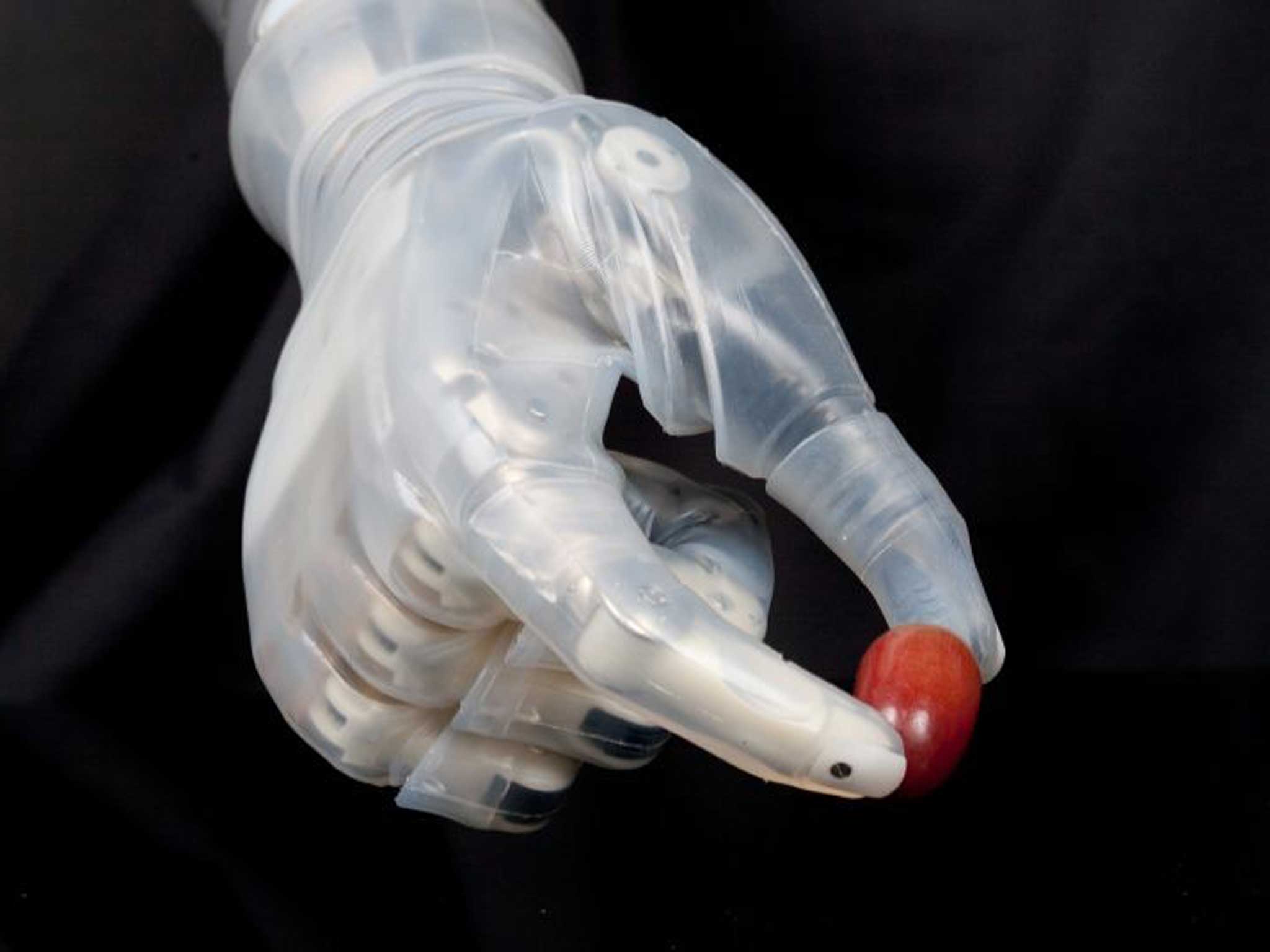Robotic arm comes to the aid of amputees
Segway inventor's revolutionary 'Luke Skywalker' limb approved by US authorities

A sleek robotic arm that could dramatically improve the lives of amputees has just been approved for use by the US Food and Drug Administration – and it comes courtesy of the people who brought you the Segway.
The distinctive two-wheeled machine, unveiled in 2001, was aimed at revolutionising travel around cities but, arguably, became better known for the mishaps of its riders – including President George W Bush, who fell off one.
The prosthetic arm created by Dean Kamen, who sold his Segway company in 2009, imitates the size, weight, shape and grip of a human adult arm.
Christy Foreman, of the FDA's Centre for Devices and Radiological Health, said the prosthetic limb would allow people to perform complex tasks "in a way that more closely resembles the arm's natural motion".
It will enable amputees to brush their hair and feed themselves, as well as use keys, locks and zips.
In a nod to its futuristic design, Mr Kamen, founder of DEKA Research and Development, has dubbed the arm "Luke", after the character Luke Skywalker in the 1980 Star Wars film, The Empire Strikes Back, who had a robotic hand attached.
The Pentagon's Defense Advanced Research Projects Agency (Darpa) provided $40m (£24m) to DEKA as part of its $100m investment in prosthetics. The defence department's involvement followed on from major-limb amputations sustained by more than 1,800 troops after injury in combat zones such as Iraq and Afghanistan.
Justin Sanchez, from Darpa's biological technologies office, said: "This prosthetic limb system can pick up objects as delicate as a grape, as well handling rugged tools such as a hand drill."
The arm's movements are controlled by signals from electrodes that detect electrical activity caused by the contraction of muscles; the arm can then make up to 10 specific movements using a combination of switches and sensors.
Mr Kamen's other significant inventions include the first wearable insulin pump for diabetics, a portable dialysis machine for those with chronic kidney disease, and an all-terrain electric wheelchair.
Join our commenting forum
Join thought-provoking conversations, follow other Independent readers and see their replies
Comments